Architecture defines and shapes a nation’s identity and history. Among Australia’s most recognisable buildings are the Sydney Opera House, Federation Square and Flinders Street Railway Station. As we begin a new decade, chances are these Australian buildings will make their mark across the globe for many years to come.
Award-Winning One Central Park
One Central Park is one of only two Aussie buildings named in the Council on Tall Buildings and Urban Habitat’s (CTBUH) 50 Most Influential Tall Buildings of the Last 50 Years.
Located in Sydney, the tower is a mixed-use building developed as a joint venture between Frasers Property Australia and Sekisui House. It comprises two residential towers above a retail fitout and incorporates innovative and environmentally pleasing design elements.
The impressive design features 2,700 linear planter boxes on balconies, an internal sloping green wall, lush vertical facade gardens as well as podium and sky gardens.
Designed by Ingenhoven Architects of Germany and Australian firm Architectus, One Central Park is described as high-density, yet highly sustainable urban design.
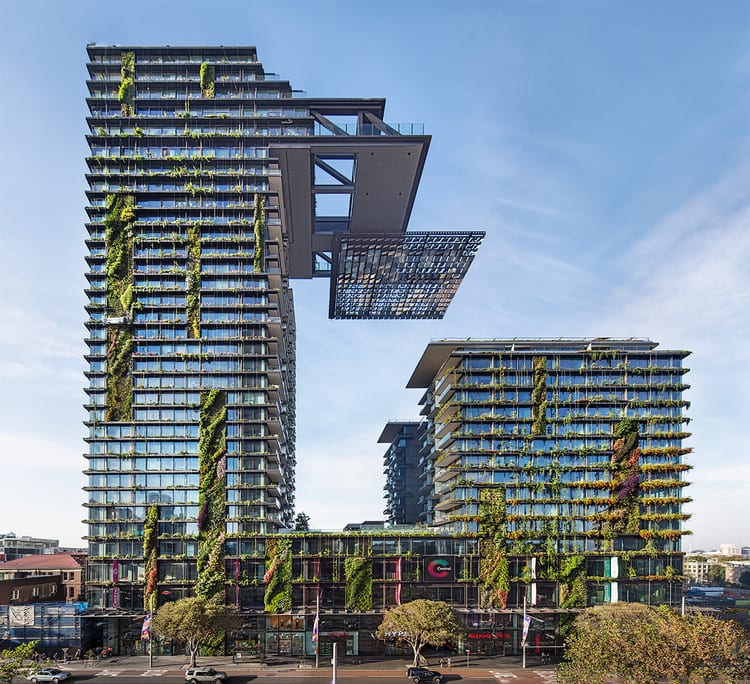
1 Bligh Street Hits the Headlines
This is the second of the two Aussie buildings named as part of the CTBUH 50 Most Influential Tall Buildings of the Last 50 Years.
The development is Sydney’s first CBD commercial office tower to incorporate blackwater recycling, reducing the demand on municipal potable water by 90 per cent, according to the CTBUH. It also features Australia’s largest green wall on the ground floor level and has been the first tall building in Australia to develop a double-skin glass facade with external louvres.
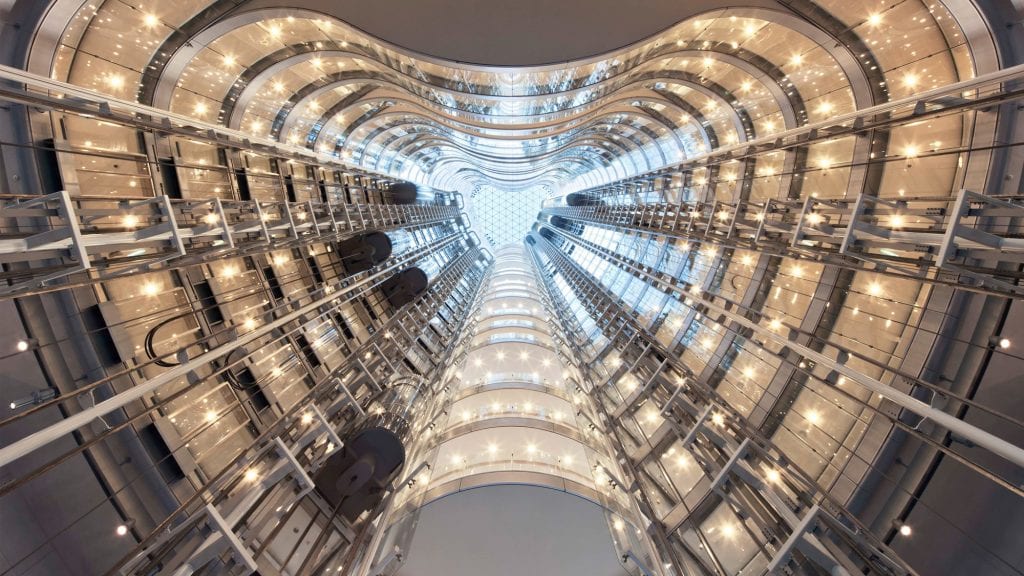
Atira La Trobe Street Stands Tall
Located on a tight site in Melbourne’s CBD, Atira La Trobe Street student accommodation was built tall to counteract the high price of real estate. The building has won a major award in an international tall building competition.
Boasting an impressive range of technological and building innovations, the $100 million, 44-storey Atira took out the construction category in the CTBUH 2019 awards.
It is now one of the tallest prefabricated residential towers in the world. The CTBUH recognised the tower for its “fast and efficient construction” system and its “exceptional structural stability” in their annual awards.
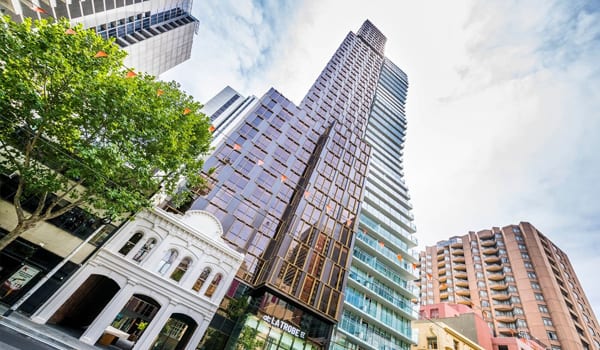
Australia Square Still Going Strong
A panel of prominent architects and built environment practitioners assembled by Cement, Concrete and Aggregates Australia (CCAA) has announced a list of the ten “most outstanding” public buildings and structures in Australia built from concrete.
Making the list is Australia Square, Sydney’s first high-rise office tower. It established new principles in design and construction through its distinctive circular form and a large public open space at ground level. At the time it was built, 1961-1967, the tower was the world’s tallest lightweight concrete building.
The consistency of floor plan, the use of pre-cast façade and in situ construction meant floors could be erected quickly, setting new standards in office tower construction.
The structural system was developed in collaboration with one of the world’s leading engineers, Pier Luigi Nervi. It featured technological advances, such as patterned ribbing and tapering exterior columns in pre-cast concrete as permanent formwork. The entire façade of the tower was prefabricated in sections under factory conditions, brought to the site and erected by crane.
Australia Square is still considered a landmark building in Sydney and an icon of modern Australian architecture.
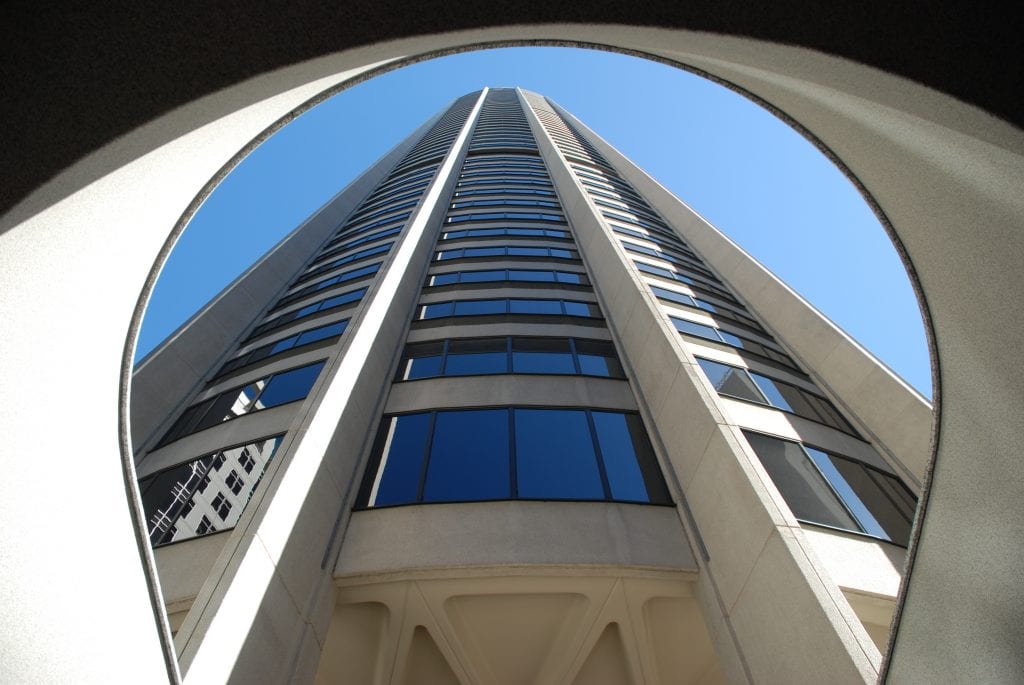
Australia’s tallest timber building Underway in Melbourne
GPT Group has commenced work on Frame which, once built, will be the largest cross-laminated timber (CLT) commercial building in Australia.
The wood and glass office tower, located at 300 Lonsdale Street, boasts 12 levels and will sit on top of the Melbourne Central shopping mall, positioned above a metro tunnel train station.
Designed by ARM Architecture, Frame will also be a sustainability role model with a 5-Star NABERS Energy and Water rating, a 5-Star Green Star rating, and WELL Gold Standard.
With preliminary works commencing in 2019, this much-anticipated building should come to life by 2021.
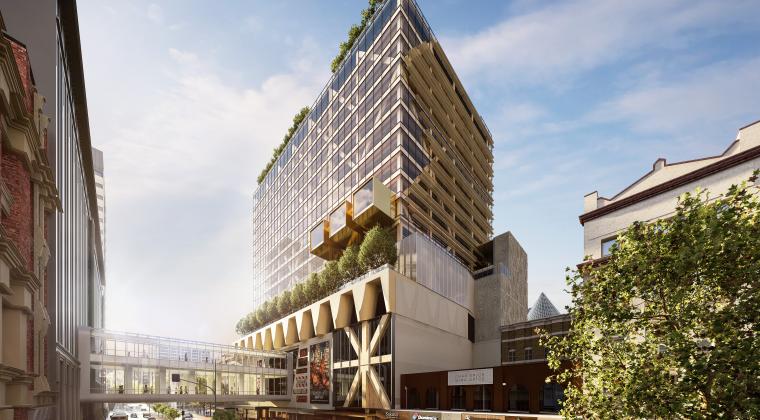
And One to Look Out For
It’s worth keeping an eye out for the transformation of New South Wales’ oldest theatre. The first Victoria Theatre was built in 1857. Two years later, it was destroyed by a fire. The new Victoria Theatre, which seated up to 1,200 guests, opened in 1876. The timber structure was built in only nine weeks.
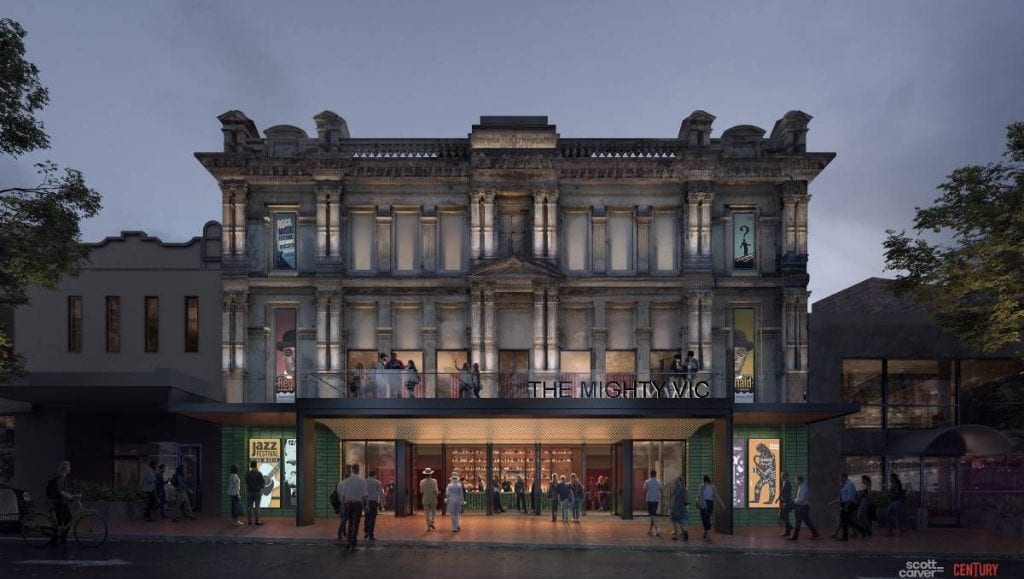
Leave a Reply